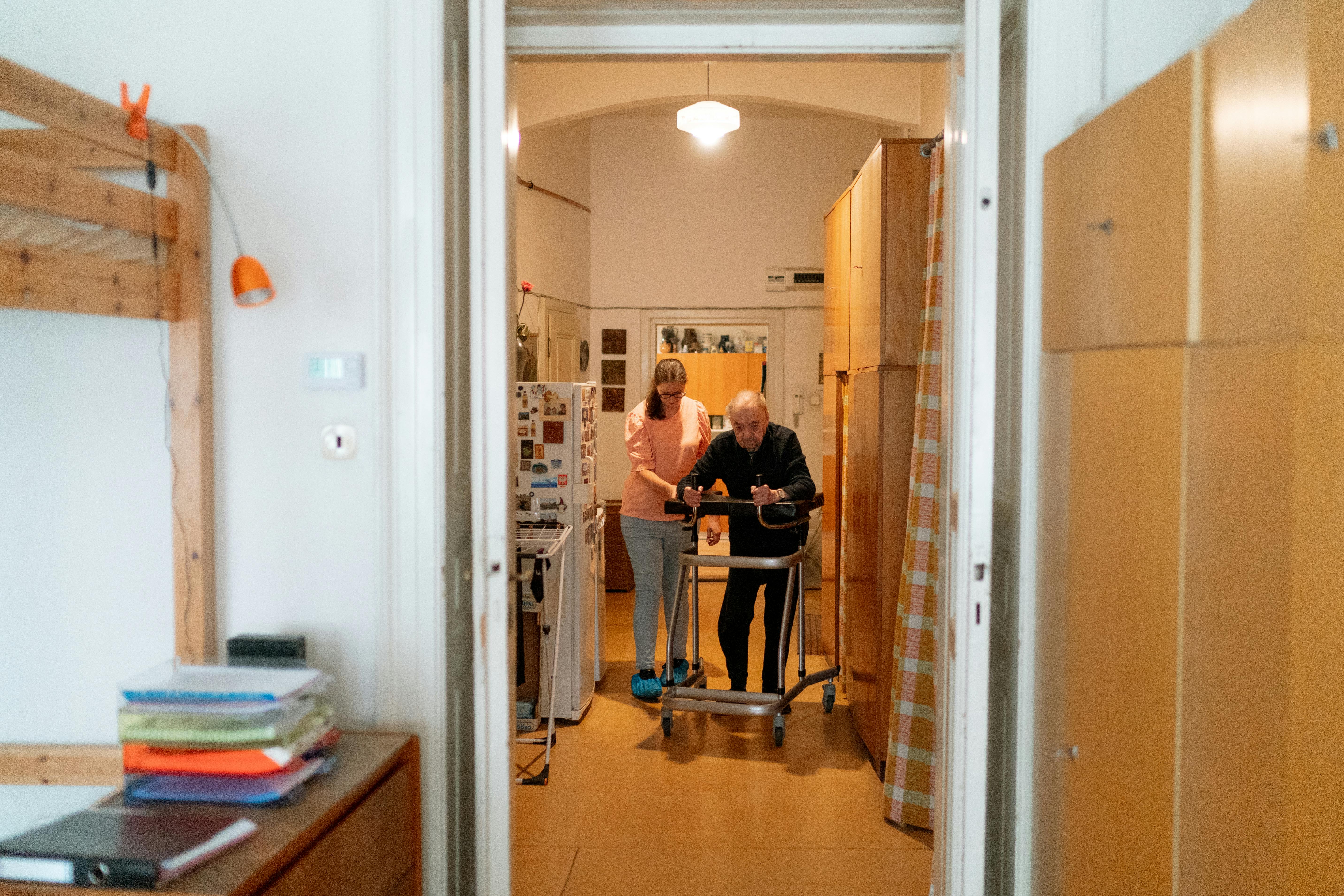Donnelly v. Greenburgh Central School District, a recent federal court decision, addresses one of the core eligibility issues under the Federal Family & Medical Leave Act (FMLA).
The court focused on what hours must be counted toward the 1,250 hours of actual work when determining whether an employee is eligible for leave under the FMLA leave. In particular, the court focused on counting work from home or away from the workplace. The former high school teacher alleged that he was denied tenure in retaliation for taking FMLA leave. The district defended by arguing that Donnelly was not eligible for FMLA leave because he had not worked at least 1,250 hours during the previous 12 months.
The district relied on the certificated collective bargaining agreement to calculate the number of hours Donnelly actually worked. The collective bargaining agreement provided that the maximum work day for a teacher was 7.5 hours, which is one hour longer than the school day. The district multiplied this number by the number of days Donnelly worked during the previous year and found that he worked 1,247 hours (only three hours shy of qualifying for FMLA leave).
Donnelly argued that he typically worked 1.5 hours before and after class and that additional time should be included in calculating his FMLA eligibility. A judge disagreed and relied upon the maximum work day in the collective bargaining agreement in finding that Donnelly was not eligible for FMLA leave because he could not produce reliable evidence showing that he actually worked 1.5 hours each day before and after class performing work that was integral to his teaching job. Accordingly, the judge dismissed his FMLA retaliation claim.
The Federal Appeals Court reversed, finding that a jury should decide whether Donnelly worked enough hours to qualify for FMLA leave.
The Court first noted that under the FMLA regulations, because the school district did not maintain accurate records of the actual hours Donnelly worked, the district had the burden of proving that Donnelly did not work 1,250 hours and was, therefore, ineligible for FMLA leave. The Court further held that the collective bargaining agreement did not govern how many hours Donnelly worked for purposes of FMLA eligibility. The Court emphasized that all of the hours Donnelly worked performing activities that were an integral and indispensable part of his job as a teacher should be counted, regardless of the work day provision in the collective bargaining agreement.
The most important part of the Court's ruling deals with counting work performed from home. The Court held that, especially in the case of teachers who grade papers and plan lessons from home during "off duty" hours, there is no preclusion from counting that time when calculating FMLA eligibility, as long as the work is an integral and indispensable part of the job.
What This Means for Employers
- If an employer does not have an accurate and reliable way of accounting for an employee's hours, the employer will bear the burden on summary judgment of proving that the employee did not meet the eligibility requirement, which is a very difficult burden. This will be especially difficult when dealing with salaried employees and those exempt from overtime, because under separate wage and hour laws you cannot require them to record their hours or clock in and out.
- Work from home may be counted in determining FMLA eligibility. We live in an era when employers expect employees to be accessible at all times because of cell phones and smart phones. If you expect an employee to respond to email or calls after hours, you may be required to count those hours in determining FMLA eligibility. Furthermore, even if an employer has no way of accounting for work from home, that work may nonetheless be counted in determining FMLA eligibility.





